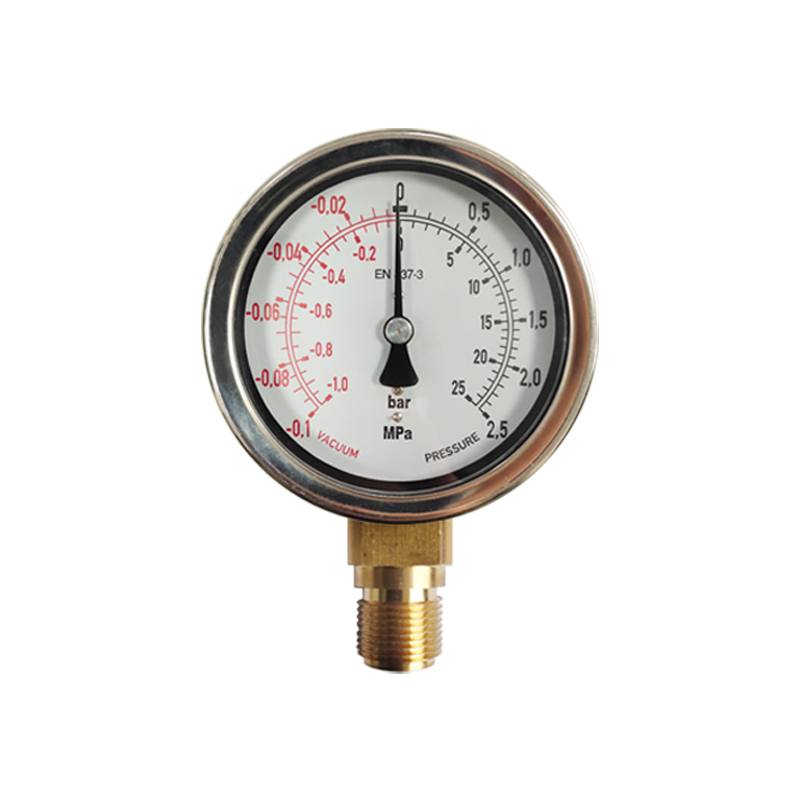
7 月 . 30, 2024 06:39 Back to list
Guide to Pricing for Calibrating Differential Pressure Gauges and Related Services
Understanding the Calibration of Differential Pressure Gauges and Pricing Factors
Calibration of differential pressure gauges is an essential process in various industries, ensuring accuracy and reliability in pressure measurements. These instruments are critical in applications such as chemical processing, HVAC systems, and aerospace engineering, where precise pressure readings can significantly affect operations and safety. This article provides an overview of the calibration process, factors influencing pricing, and the importance of maintaining accurate pressure measurements.
What is a Differential Pressure Gauge?
A differential pressure gauge measures the difference in pressure between two points in a system. Unlike standard gauges that display the total pressure in one location, differential gauges are particularly useful for monitoring filtration systems, fluid flow rates, and other variables where a pressure differential indicates a change in the system's condition. Regular calibration of these gauges is vital to ensure that they provide accurate readings, which is pivotal for the efficiency and safety of operations.
The Calibration Process
Calibration involves comparing the readings of the differential pressure gauge against a known standard or reference. This process usually follows a defined procedure, which may include
1. Preparation Before calibration, it is essential to prepare the gauge by cleaning it and ensuring it is in good working condition.
2. Applying Pressure The gauge is subjected to controlled pressure differentials, and the readings are noted. This testing usually involves several pressure points to ensure comprehensive verification of the gauge’s accuracy across its full range.
3. Adjustment If discrepancies are found between the gauge's readings and the reference standards, adjustments are made to align the readings with the true values.
4. Documentation After successful calibration, a certificate is usually issued, documenting the accuracy and any adjustments made. This certificate is crucial for compliance with industry regulations and quality assurance.
Cost Factors in Calibration
calibrating differential pressure gauge pricelist

The pricing for calibrating differential pressure gauges can vary significantly based on several factors
1. Type of Gauge Different types of differential pressure gauges (mechanical, digital, etc.) may require different calibration techniques, impacting the cost.
2. Range of Measurements Gauges that measure a broader range of pressures generally require more extensive calibration processes, leading to higher costs.
3. Calibration Frequency Industries with stringent regulatory requirements may require more frequent calibrations, increasing overall expenses.
4. Service Provider The choice of calibration service also influences pricing. Reputable service providers with advanced equipment may charge more but often deliver more reliable results, which can save costs in the long run by preventing equipment failures.
5. Location The geographical location of the calibration service can affect costs due to shipping, travel, and operational expenses.
6. Additional Services Some service providers offer added services like on-site calibration and emergency calibration, which can further impact pricing.
Importance of Regular Calibration
Regular calibration of differential pressure gauges is not just about maintaining compliance; it fundamentally impacts the safety and efficiency of industrial processes. Accurate measurements help prevent equipment failure, costly downtime, and ensure product quality. In sectors like pharmaceuticals and food production, where precision is paramount, even minor discrepancies can have serious repercussions.
In conclusion, understanding the calibration process, the factors that influence pricing, and the critical importance of accurate pressure measures is essential for industries relying on differential pressure gauges. Investing in regular calibration not only ensures compliance with regulations but also contributes to the overall efficiency and safety of operational processes.
-
Pressure Gauge with Diaphragm Seal & Manifold Reliable Industrial Solutions
NewsMay.18,2025
-
Digital Differential Pressure Gauge Price Precision Sensors & Best Deals
NewsMay.18,2025
-
Wika Diaphragm Seal Pressure Gauge High-Accuracy & Durable Solutions
NewsMay.18,2025
-
Diaphragm Type Differential Pressure Gauges High-Accuracy & Durable Solutions
NewsMay.17,2025
-
Bellow Type Differential Pressure Gauge High Accuracy & Durable Design
NewsMay.17,2025
-
WIKA 700.04 Differential Pressure Gauge Precision Industrial Measurement
NewsMay.17,2025
